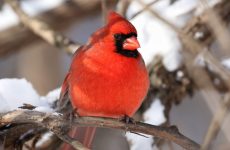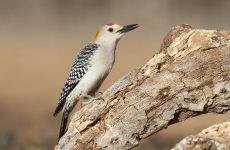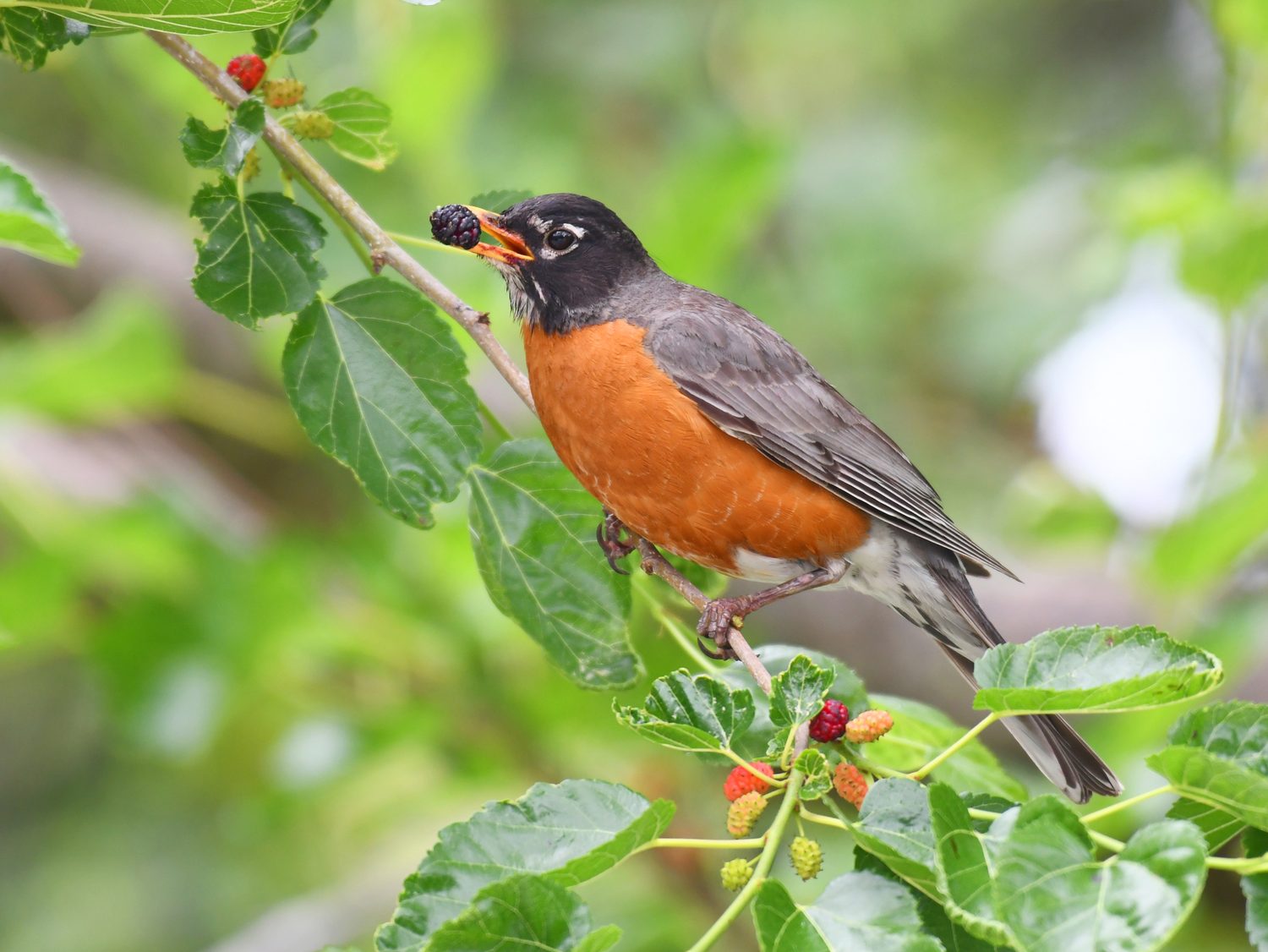
Hearing Robins singing in your garden is often a sign of spring and warmer temperatures on their way. These little songbirds are known for their cheery disposition and are always a welcome sight. During winter, though, Robins seem to vanish. Where do they go?
Robins migrate but don’t follow a migration pattern. Robins migrate in search of food. In summer, they eat invertebrates, but these aren’t available in winter. If there are enough plants and berries to eat, Robins won’t fly far, but if there aren’t, they travel north or south in search of food.
There are seven different subspecies of American Robin, and although Robins are nomads in winter, there are distinct behavioral patterns Robins display before autumn and spring migration.
Robins Are Migratory Birds
Although Robins are migratory birds, their migration patterns are unpredictable, and they do not always migrate far from their homes. Robins are adaptable birds; whether they migrate depends on whether food is available.
In recent years, many studies show that Robins’ migration patterns adapted to climate changes, and they are moving further north during summer and winter.
These little songbirds can withstand cold weather; if they decide not to fly south or north for winter, they change their diets. In summer, they mainly eat protein-rich invertebrates, but during the winter months, they switch to a vitamin-based diet of berries and fruit.
Juniper berries, crabapples, hawthorns, and hollies provide Robins with the necessary vitamins. They will stay in their home territory if fruit and berries are in ample supply.
The Robin’s Migratory Patterns Have Changed Over Time
Although these birds migrate, they will not necessarily migrate to the same place yearly; however, many arrive in more or less the same area. Scientists place bands on groups of Robins to monitor their migration habits, and there is no evidence that Robins follow the same pattern or fly to the same place each year.
Contrary to popular belief, there are only a few documented instances where Robins return to the same place to nest every year but may return to the general area.
There is a train of thought that Robins follow the same pattern when migrating in autumn but deviates from this when returning in spring.
Robins Migrate To Many Different Places
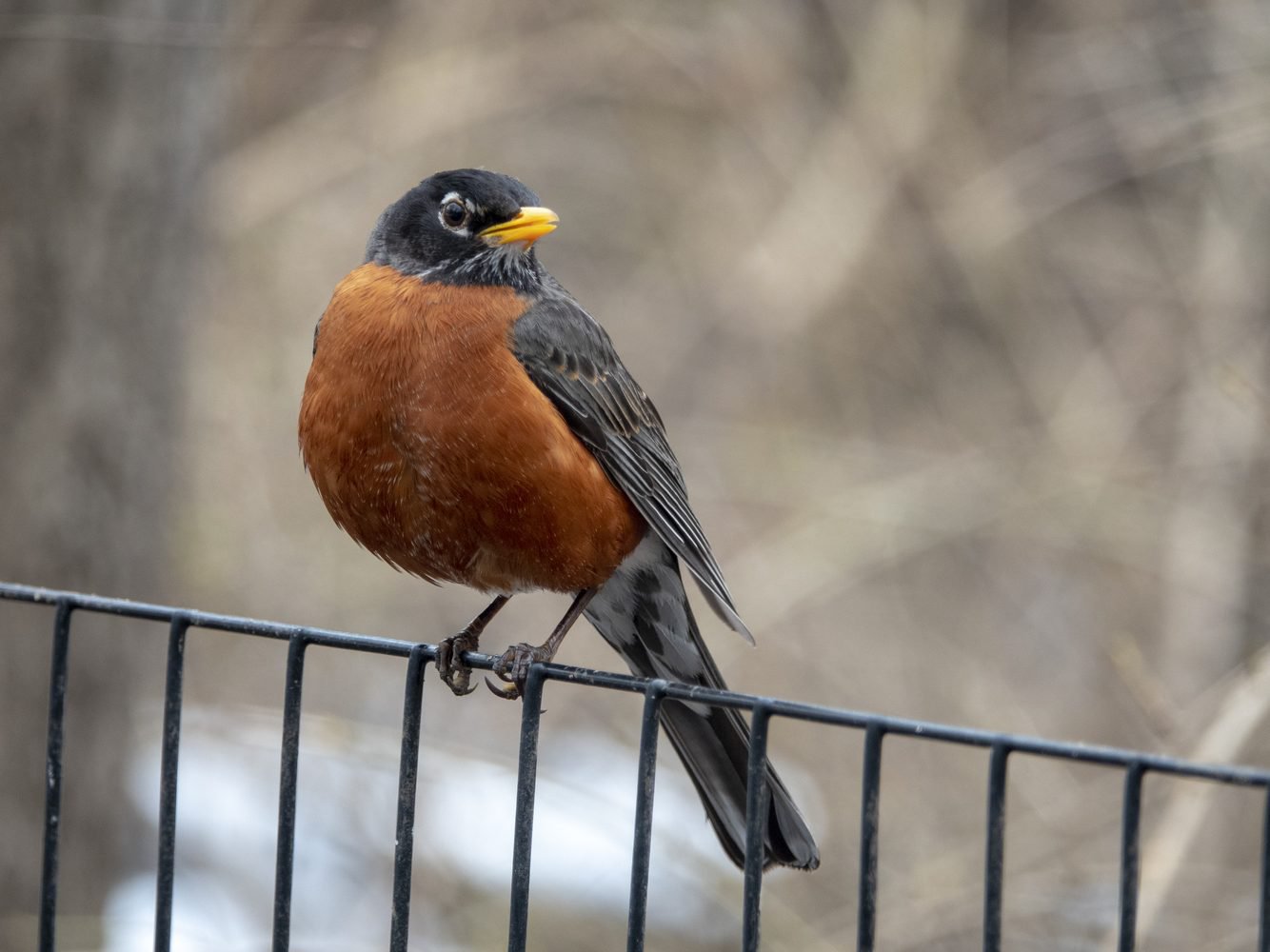
In autumn, although Robins do not have specific times and routes they migrate, there are certain places they frequent:
| Type Of Robin | Breeding Habitat | Winter Habitat |
| Eastern Robin | United States, Canada, Alaska, Tundra, New England, North West Virginia, North Carolina | Coastal Alaska Southern Canada The United States, Bahamas, Bermudas, Bahamas |
| Newfoundland Robin | Quebec, Labrador, Newfoundland | Southern Louisiana, Southern Mississippi, Northern Virginia |
| Southern Robin | Oklahoma East, Maryland, West Virginia, South to North Florida, Gulf Coast States | The southern part of the breeding range |
| Northwestern Robin | Southeastern Alaska, British Colombia, Northwest Oregon, Washington | British Colombia South, Washington, Northwest Oregon, east to north Idaho |
| Western Robin | Southeastern British Colombia, Alberto, southwestern Saskatchewan, southern California, northern Baja California | Southern breeding area, southern Baja California |
| San Lucas Robin | Southern Baja California | Does not migrate |
| Mexican Robin | Mexico South to Oaxaca | Does not migrate |
Migrating Robins Follow Temperatures
When Robins migrate, they generally follow temperatures and climate.
Various research studies followed banded robins to understand migration patterns:
- During winter Robins migrate from north to south or south to north but not from east to west.
- Snow patterns often drive migratory patterns in regions.
- Returning Robins will find places where the ground has already thawed, providing a good source of worms and invertebrates.
- Climate change has impacted the time, and distance robins migrate.
- American Robins may migrate to Artic-boreal breeding grounds.
- Robins migrate ahead of warm currents as they don’t enjoy the heat.
- Robins returning from the south follow the 37-isotherm.
- Robins often migrate to areas closer to their summer homes in search of food.
- In summer, if a cold front hits, Robins may temporarily migrate.
- They may also migrate north for a while if temperatures get too high in summer.
- Robins do not sing while they are migrating.
Artic-Boreal Breeding Grounds Are Popular With Robins
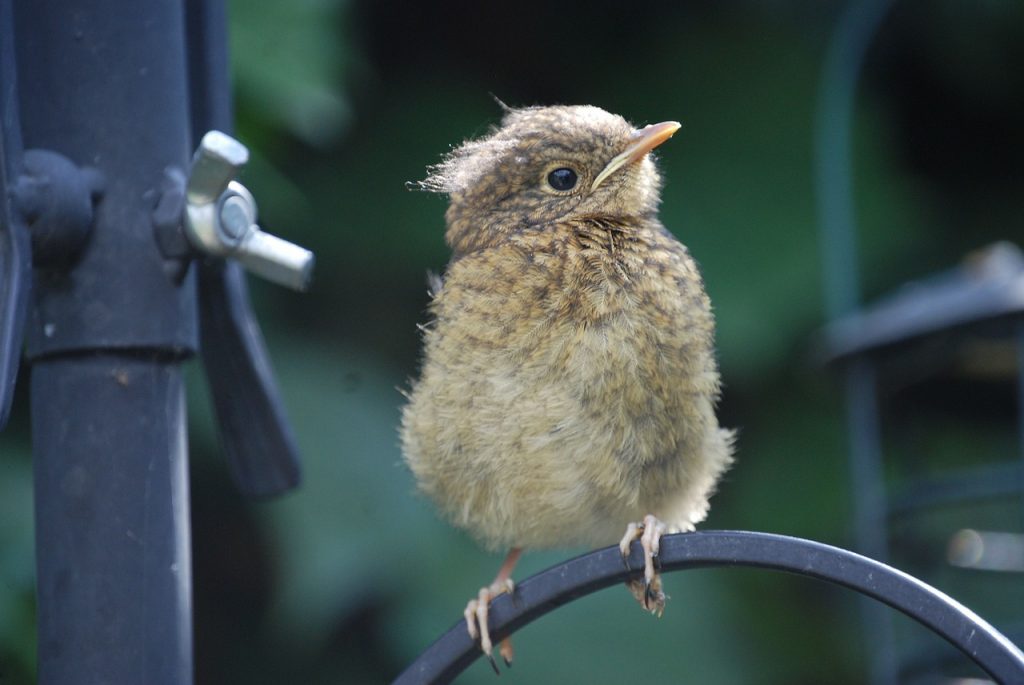
Artic-boreal breeding grounds are found in the northern hemisphere and are forests that have adapted to freezing weather conditions stretching from Canada to Newfoundland and the Atlantic Ocean. These forests have plenty of wildlife and provide food and shelter for animals and birds. Forests have plenty of deciduous trees and conifers.
As well as forests, the boreal region is home to many lakes and water bodies and 25% of the world’s wetlands. American Robins migrate to the Boreal forests in Alaska.
Because Robins do not like hot temperatures, they also flock to the Boreal areas to breed in summer.
Robins Display Behavioral Patterns Before And After Migrating
Although Robin’s migration patterns are unpredictable, they show certain behavioral traits during autumn, winter, and spring.
- In autumn, Robins prepare themselves for winter. They get restless and plump themselves up. Most Robins molt in autumn to allow new feathers to grow for their journies. Robins search for fertile feeding grounds and may migrate less than 100 miles from their summer habitat.
- Migration starts in full in October, but in the early fall months, Robins already begin moving to new food sources when their supply runs out.
- In winter Robins are nomadic and search for food and wherever this leads them. The Robins, already living in warmer climates, do not migrate during fall and spring as their food source remains constant.
- In springtime, Robins make their way back to their original breeding grounds. Interestingly the males return between 1 – 2 weeks earlier than the females to find the best nesting place and defend their territory.
Here Are Some Interesting Facts About Robins’ Migratory Behavior
These beautiful little red-breasted birds are fonder of the cooler temperature, and much of what they do depends on weather conditions and the need for food.
Although Robins’ migration pattern is unpredictable are some well-documented behavioral traits about migration:
- There is no standard distance that Robins fly, but when they migrate, they travel between 100 and 200 miles per day and between 30 and 36 mph.
- Robins fly above the tree canopies and below the warm currents that birds of prey glide on.
- Robins follow the sun for direction.
- Robins travel in rounds because it is not as easy for a predatory bird to hone in on one robin and go in for the kill.
- When migrating, Robins will rest in treetops at night.
- Migrating Robins may rest for a few days mid-migration.
- Fledglings migrate with adult birds to teach them to find their way around.
- Humans have an impact on migration. Because robins fly in search of food, in areas where gardens continue to provide sufficient to sustain them, some birds may not feel the need to migrate.
- Females return later than males so they can consume enough food for their flight and be well-nourished to form and lay eggs.
- Female Robins usually arrive at the time of the first rainfalls so that there is enough mud to build nests, and worms start making their way up through the ground.


